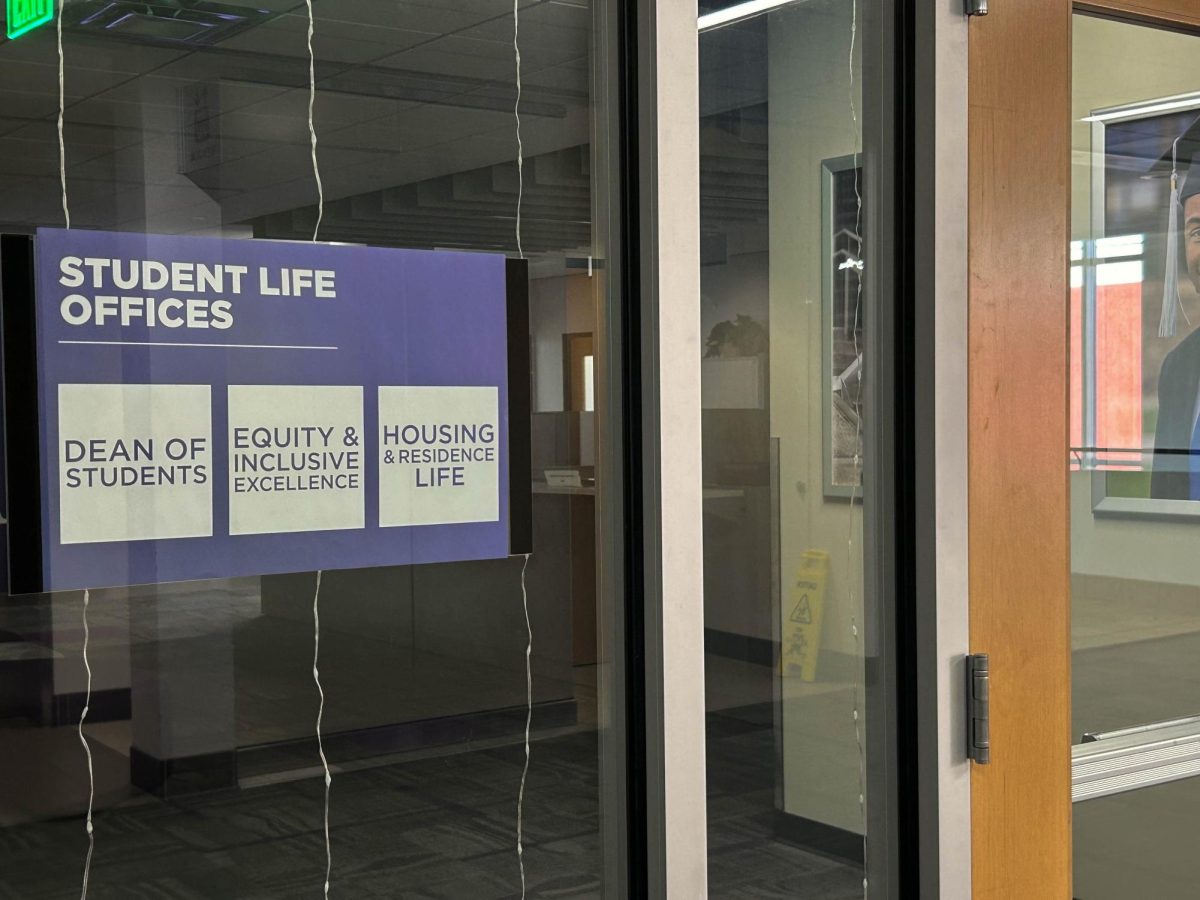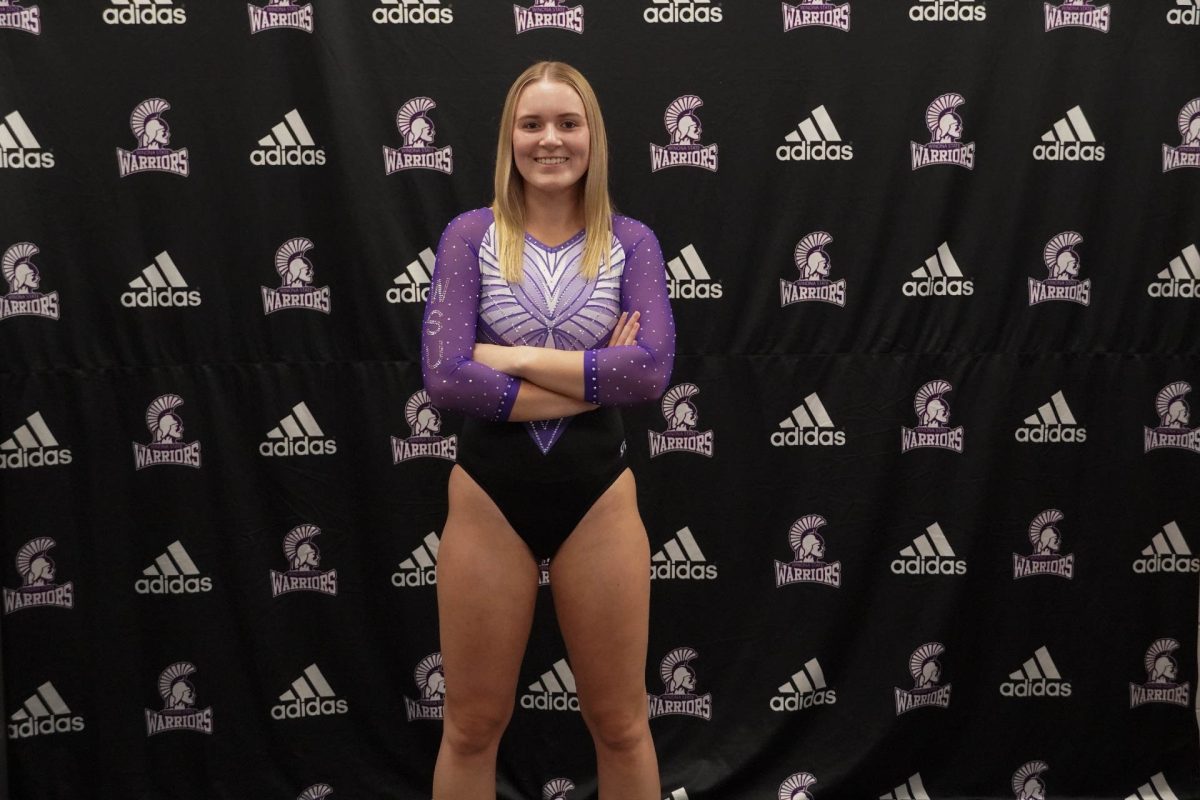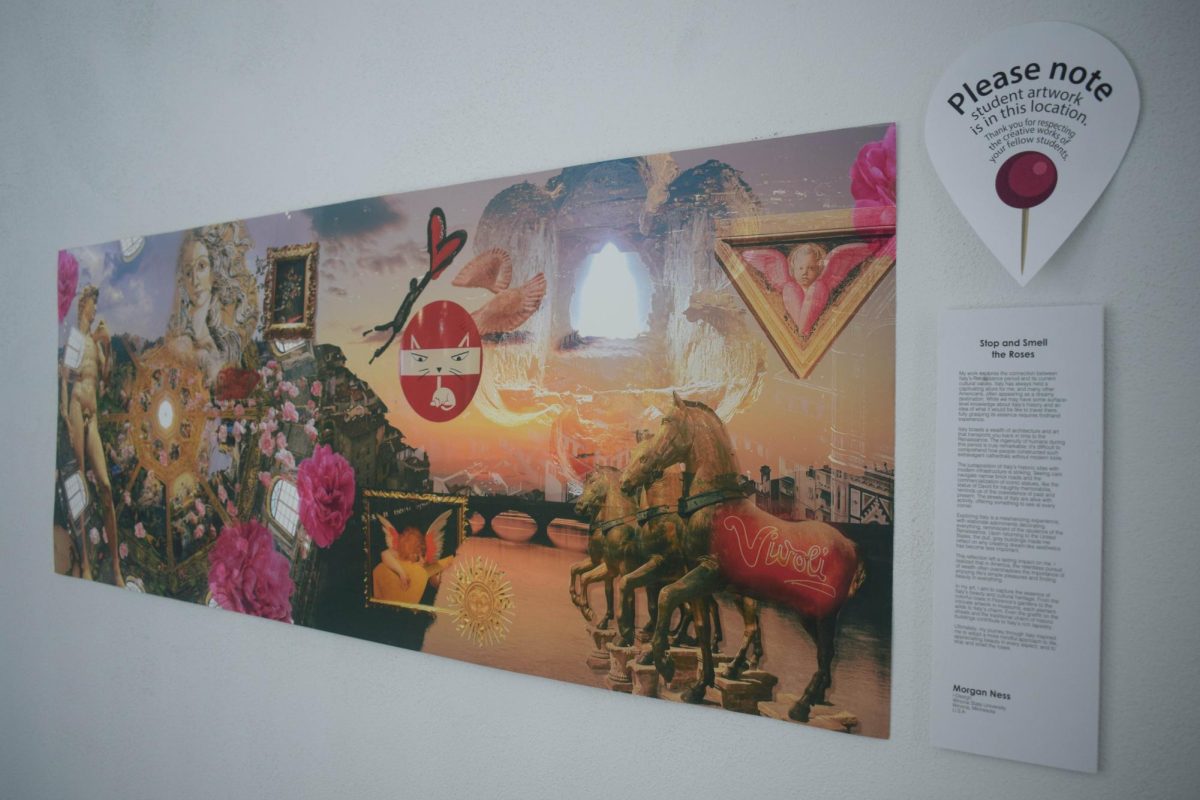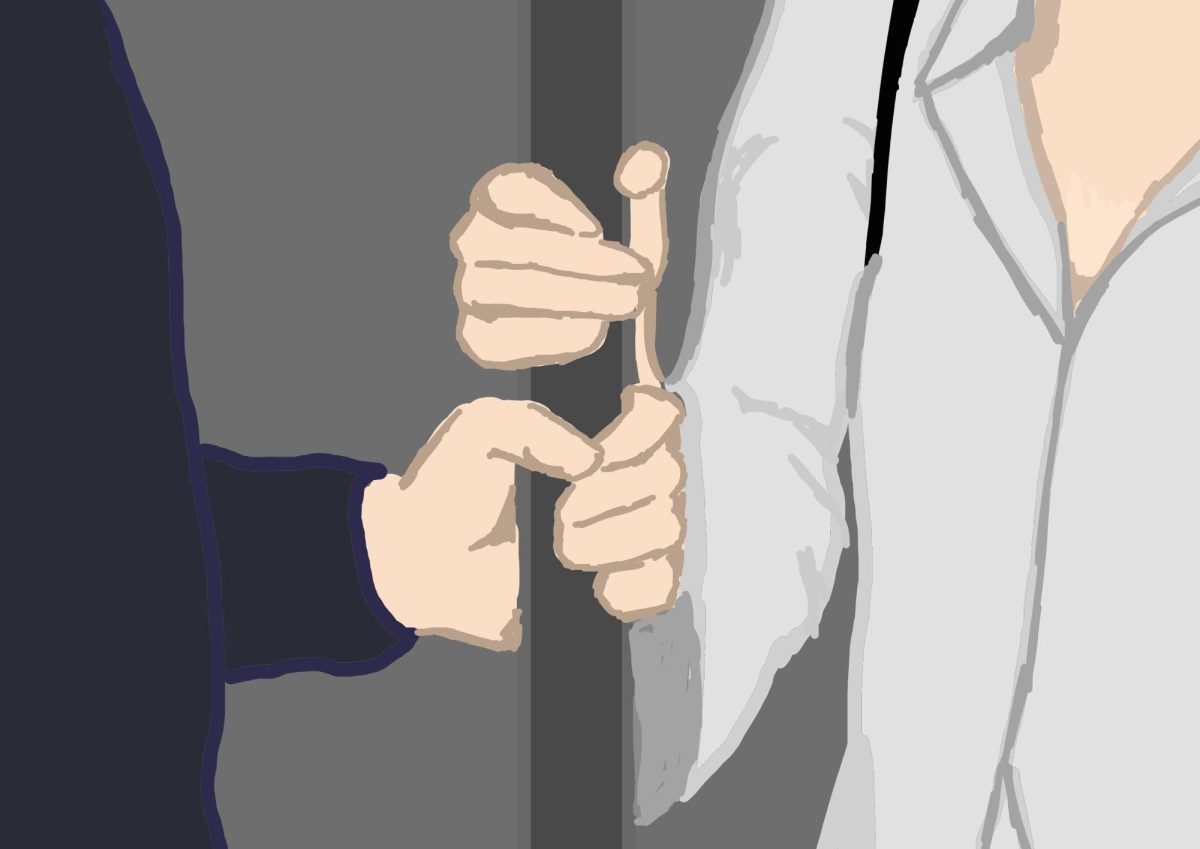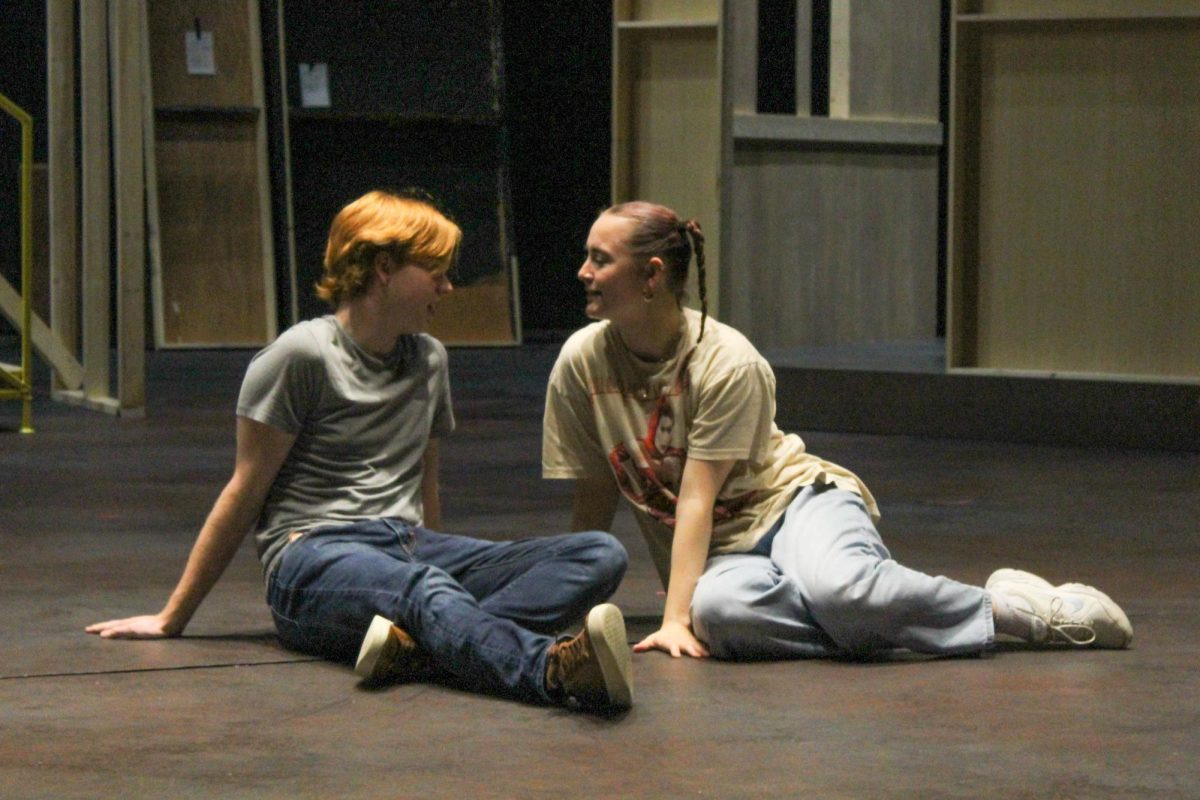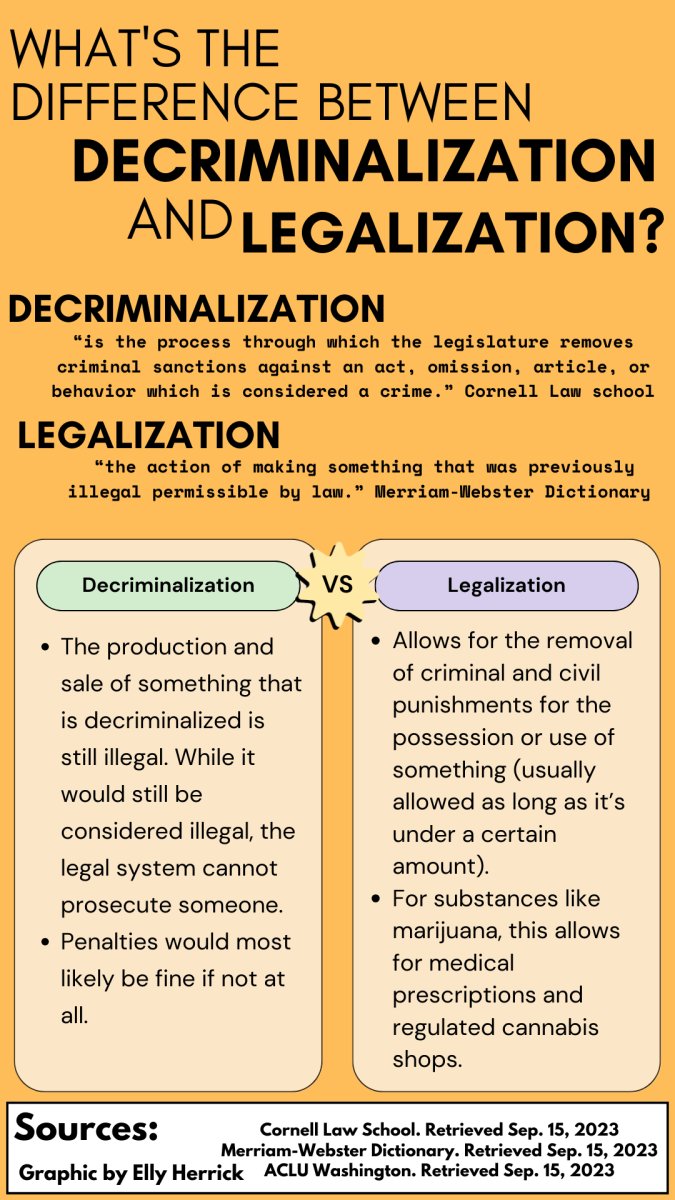Victoria McKenzie/ Winonan
Winona State University music students Maisy Charbonneau and Patrick Miller showed off their musical talents at their junior recital on the afternoon of April 19.
Miller and Charbonneau split the time of the hour-long recital to play individual pieces, with Charbonneau on the piano and Miller on the clarinet.
Charbonneau said it is required for music students to do a junior and senior recital. Each student performs for a half hour for the junior recitals and an hour for senior recitals.
The music department allows students to choose between three dates, and then they perform with a student who chose the same date.
The dates are set a year ahead of time, allowing for much preparation time, Charbonneau said.
“You’re working on your recital pieces for a long time. As long as you need to master it,” Charbonneau said. “I’ve been working on my songs since this summer.”
Charbonneau played Prelude and Fugue No. 21, B flat major, Vol 1 by J.S. Bach; Sonata in C Major, Hob. XVI:35 by Franz Joseph Haydn; and L’isle Joyeuse by Claude Debussy.
Miller said he has also been practicing extensively for the recital, practicing Aria by Eugene Bozza; Prelude for Solo Clarinet by Krzystof Penderecki; Sonata in F minor, Op. 120, No. 1 by Johannes Brahms; and “Contradanza” by Paquito D’Rivera.
“I have been working on these particular pieces for about seven months,” Miller said
Music students also have to attend other students’ recitals: one student, one large ensemble and one faculty/guest artist, Charbonneau said.
The three remaining recitals can be whatever the student chooses. Charbonneau said student recitals and faculty recitals are free, large ensembles are sometimes free, and guests artist performances usually cost money.
Besides the fact that student recitals are free, “people like going to the student recitals because there is food afterwards,” Charbonneau said laughing. “It is mostly family that comes, and then there’s the crowd of friends that sits alone in the corner of the recital hall.”
Charbonneau said she thinks it is important for students to attend these events to show their support for their fellow students.
Charbonneau said, “This is something I have worked my butt off for since this summer. It is nice to see my friends supporting what I’m doing with my life.”
There is also extensive work done with faculty, Charbonneau said.
Each music student has to go to an applied lesson each week with a faculty member that specializes in the instrument. Their teachers also assist in the choosing of recital songs, according to Charbonneau, who said she chose from a list given to her by her teacher.
Students are also required to pass a preview before performing in a recital, where students play songs in front of their professors. The preview occurs a month before the recital, and if students do not pass their previews, their recital dates are moved back.
“They know how much you’ve been progressing, and if you will be able to play it a month later,” Charbonneau said. “It seems like it would be really nerve-racking, but it’s kind of not, especially with the music department teachers. They’re really good supporters.”





